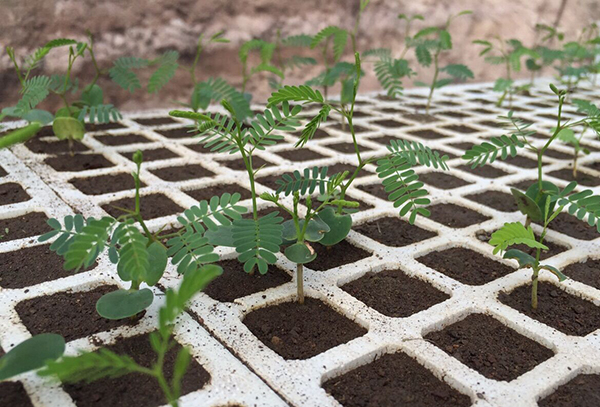Mariposas of the Milpa: Fostering Urban Biodiversity through Urban Agriculture
Organization: Arizona-Sonora Desert Museum
Location:
Tucson, AZ (The neighborhoods surround Las Milpitas Farm in south Tucson; Toltecalli High School in Tucson AZ; Hiaki High School on the Pascua Yaqui Native American Reservation in Tucson AZ)
Country: United States
Other Organizations Involved:
The Community Food Bank of Southern Arizona

Background
Biodiversity is a key component of sustainable urban communities, and urban agriculture has tremendous potential to increase the biodiversity in our cities. Small-scale farms and backyard gardens create high quality habitat for a wide variety of species and connect people to nature, increasing community commitment to biodiversity conservation. Mariposas of the Milpa will increase our community’s connection to the biodiversity in their own backyards and at the same time create new habitat to increase the abundance and diversity of pollinators supporting urban agriculture in Tucson, AZ.
Goals
The goals of this project are to establish a partnership between the Arizona-Sonora Desert Museum (ASDM) and the Community Food Bank of Southern Arizona (CFBSA) in order to promote biodiversity and food security in Tucson, Arizona. With an initial focus on pollinators, this project will increase community appreciation of biodiversity.
Main activities
Mariposas of the Milpa will increase community connection to biodiversity and promote pollinator conservation through community outreach events, the creation pollinator gardens at schools and urban farms, the distribution pollinator plants to households throughout the community, and the development of a youth biodiversity monitoring program at Las Milpitas Community Farm.
Results
Through this project we will improve the stewardship of urban biodiversity in Tucson, specifically increasing the amount of habitat supporting pollinators such as native bees and the monarch butterfly, as well as increase the community’s understanding of and commitment to biodiversity conservation.